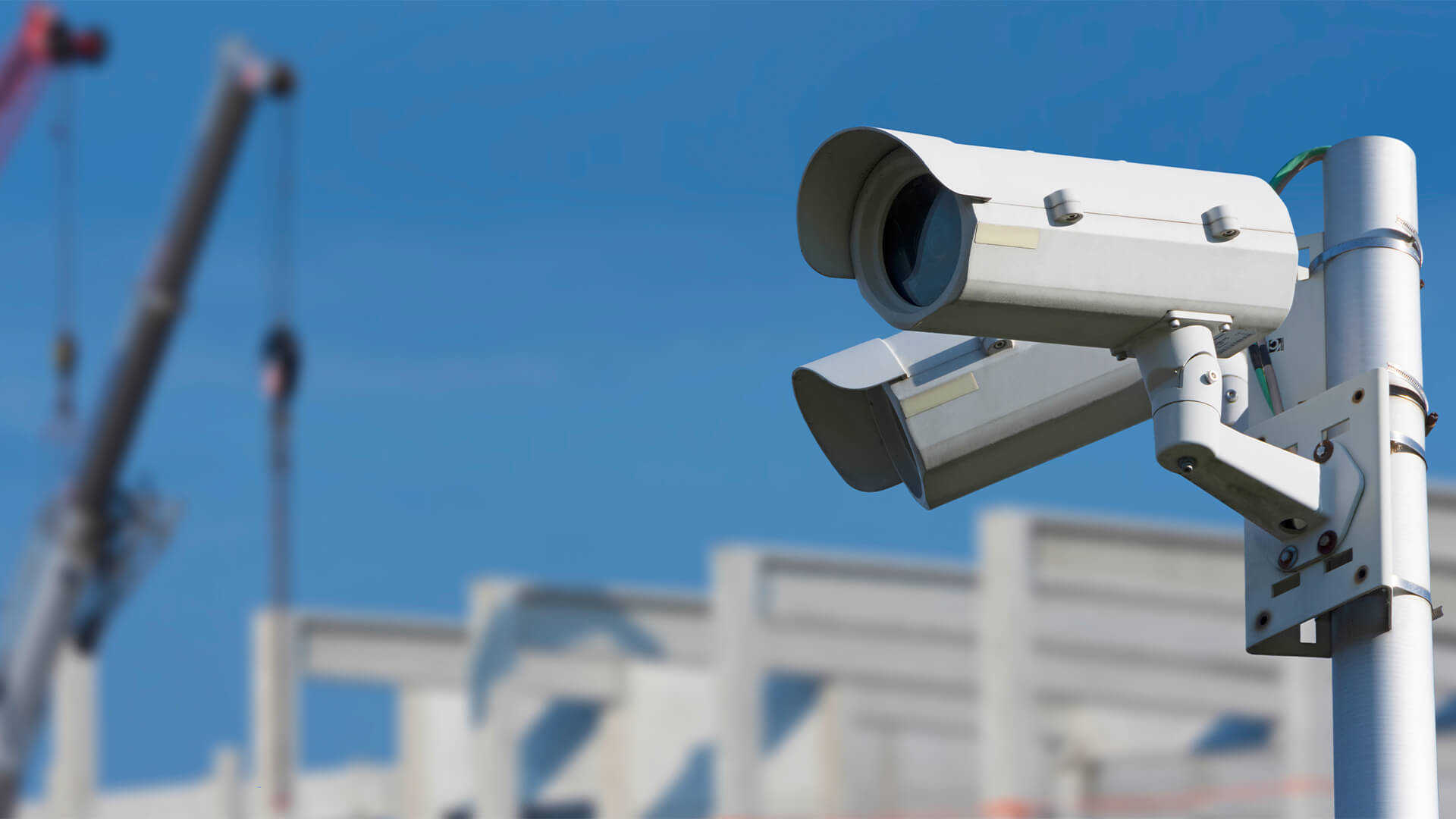As long as there have been construction sites, there have been thieves looking to make off with expensive building materials and valuable intellectual property. Modern industry hasn’t changed this fact, but the avenues these thieves take have evolved. How can business owners prevent or reduce the risk of theft at work sites?
1. Hire Certified Security Guards
Not every construction site will call for professional services. If your site contains plenty of highly valuable equipment, however, it should be a consideration. After all, construction theft is estimated to cost the industry £800M a year, making security assistance well-worth the investment for high-risk sites.
Hiring assistance should include vetting. There’s a difference between security professionals and the kind of person who is willing to sit on a construction site overnight and maybe glance at the monitors every now and then. The latter aren’t going to offer the same sort of coverage and protection that professional security guards can.
Preventing risk of theft means hiring certified and professional security guards. Meet with a few companies and discuss their experience, policies and system of accountability to make sure you hire the service that will provide the best work.
2. Carry Out Thorough Background Checks
Labourers with misdemeanours or felonies often deserve second chances, and a career in construction can provide skills training and opportunities that can transform someone’s life. However, due diligence into potential new employees during the hiring process can help employers manage risk on the construction site.
Anyone with convictions for theft or similar crimes on their record could potentially create a security risk for companies trying to prevent on-site theft. Comprehensive background checks are essential, even if hiring managers choose to overlook previous convictions that are unrelated to the concern at hand. Just make sure this is paired with a fair and honest interviewing process.
3. Establish and Maintain a Strong Perimeter
Sometimes the most effective tools for preventing theft are the simplest. Create a strong perimeter around the entire job site that allows access for workers and deliveries but is easy to secure against potential threats. A tall fence and some barbed wire are often all it takes to discourage casual thieves who might be looking for an easy score.
This perimeter should also include sensors or cameras that allow security guards to monitor the entire area from a central location.
4. Monitor and Record Site Access
People are constantly coming and going from traditional construction sites, which creates a plethora of opportunities for thieves to make off with valuable materials or information. While it is impossible to prevent visitors, it doesn’t have to be a security risk.
Make it a point to record and monitor all site access. Workers should have credentials that allow them access to the job site, and visitors should sign in and out. Recording the make, model and license plate of visiting vehicles can also help keep track of who is supposed to be there.
5. Move Equipment Away From High-Risk Areas
Construction happens everywhere, even in what might be considered the bad part of town. Leaving important or expensive equipment on the job site could increase the risk that it disappears overnight, no matter how many precautions are in place. Even machines that are offline due to lockout/tagout procedures could vanish because savvy thieves can sell them for parts.
It may increase costs slightly, but moving easily stolen equipment away from high-risk areas can reduce the collective risk of theft.
6. Maintain a Comprehensive Inventory
It’s hard to tell what a company has and what might have been stolen if it doesn’t have the slightest clue what was there to begin with. A comprehensive inventory is useful for keeping track of where a piece of equipment is or where it has been used. It can also be a valuable tool for telling supervisors and business owners when and where something has gone missing.
Inventories don’t necessarily need to include every single nail and screw used on a product, but they should consist of all tools and equipment so it’s easier to track when something disappears.
7. Stay Aware of Theft Trends
Even secure neighbourhoods can experience theft trends. It’s essential to be aware of these problems in the local area surrounding the job site as well as the state. It can be quiet for a while, only to pick back up again when companies least expect it. It’s important to stay on top of these trends by tracking what sites are being hit and their distance from the company’s current operation.
If things start to move closer to an operational job site, companies can take extra precautions to keep the area safe.
8. Mark the Equipment
Sometimes the easiest solutions are also the smartest. Each piece of equipment likely comes with identifying information similar to the VIN on a car.
Marking everything with a unique identifier — such as a logo, serial number or RFID chip — can make it easier to identify stolen equipment if it ends up on the market. It’s not a foolproof method, but it can make it easier for companies to recover stolen equipment.
Preventing Theft Is an Ongoing Mission
There will always be someone who wants to make off with a construction company’s hard-earned materials and intellectual property. The practice of preventing theft on job sites never stops. Investing time and money into reducing this risk can save companies a lot of headaches and hassle in the long run.
By Evelyn Long, Editor-in-Chief of Renovated.

































